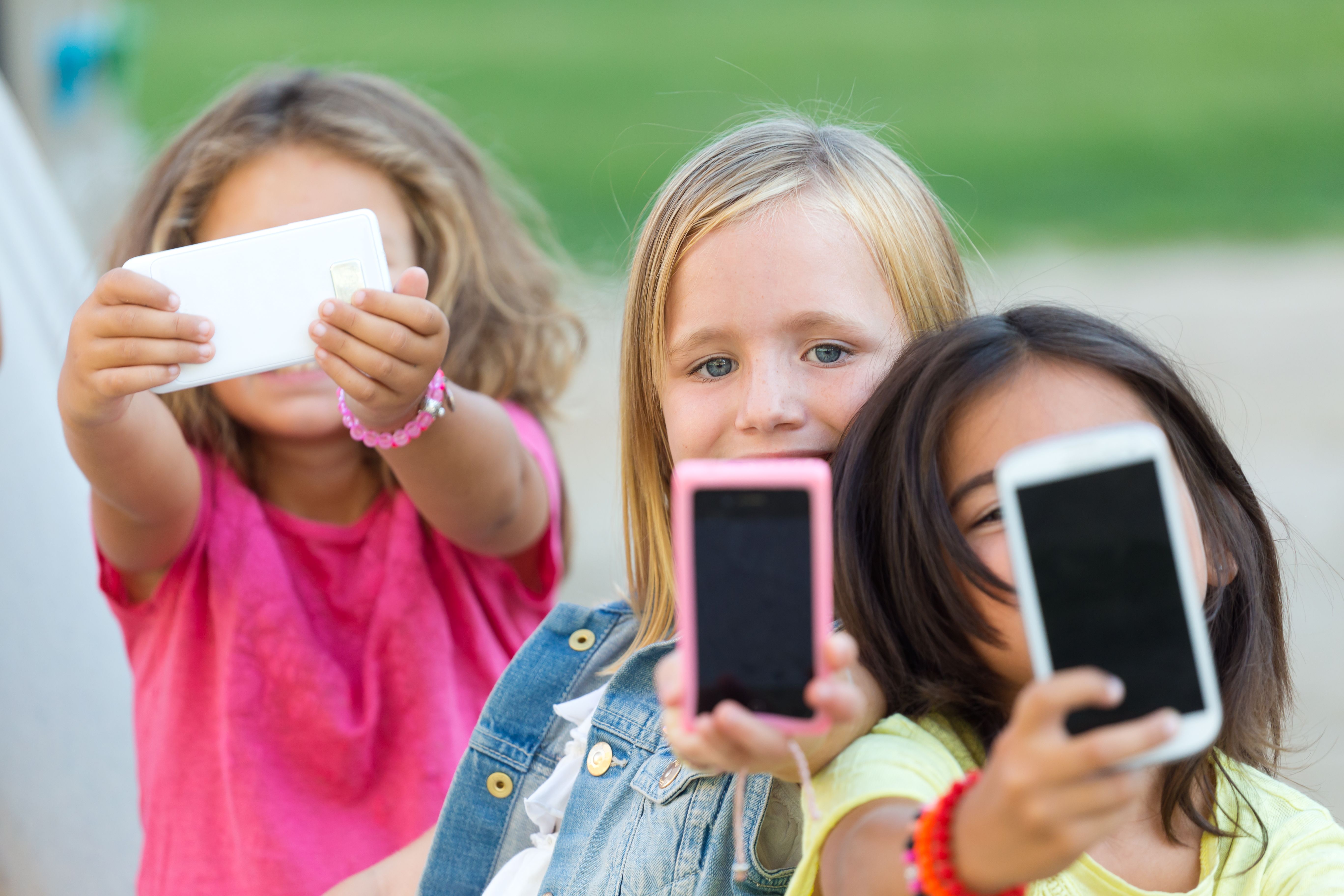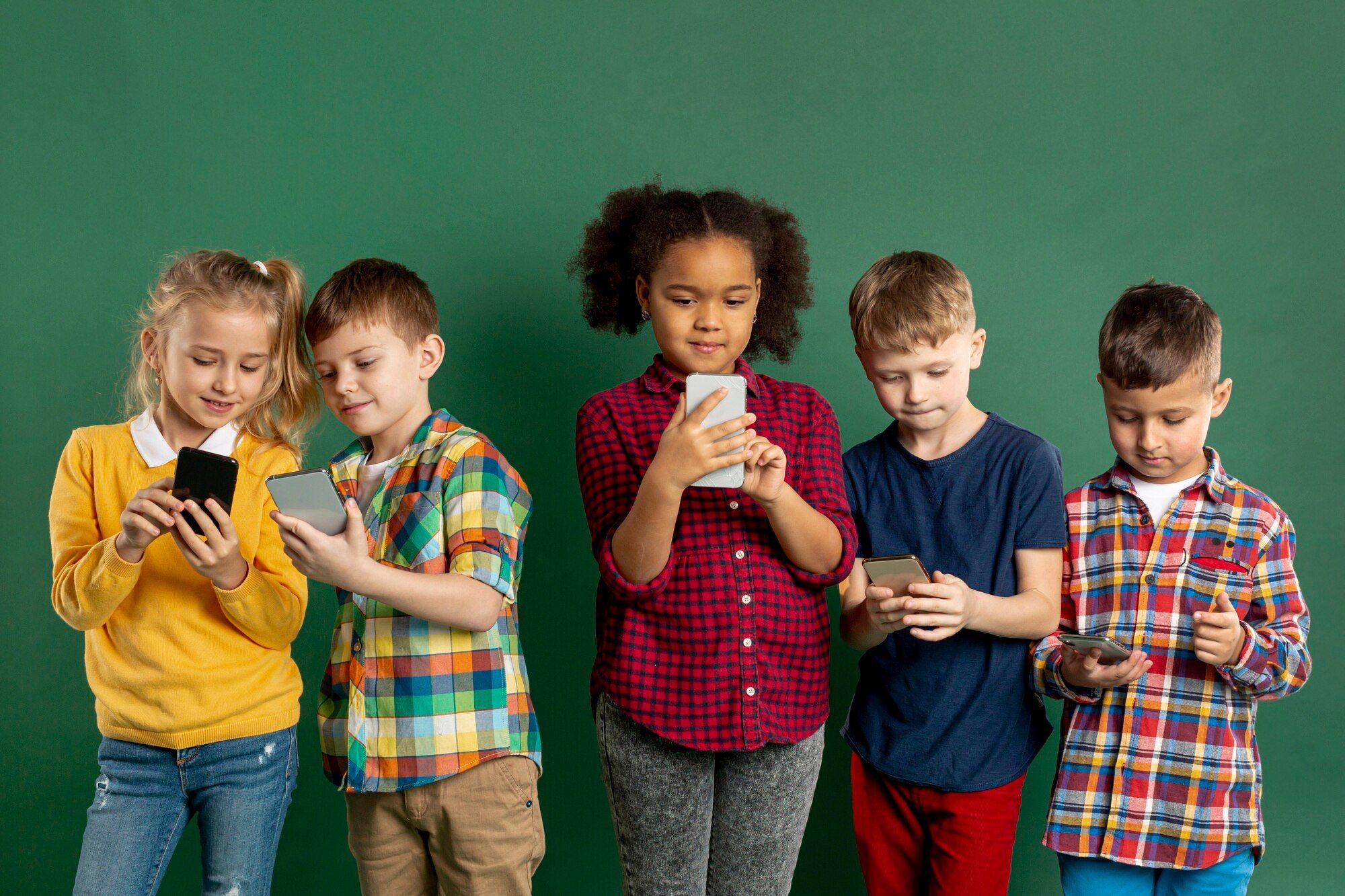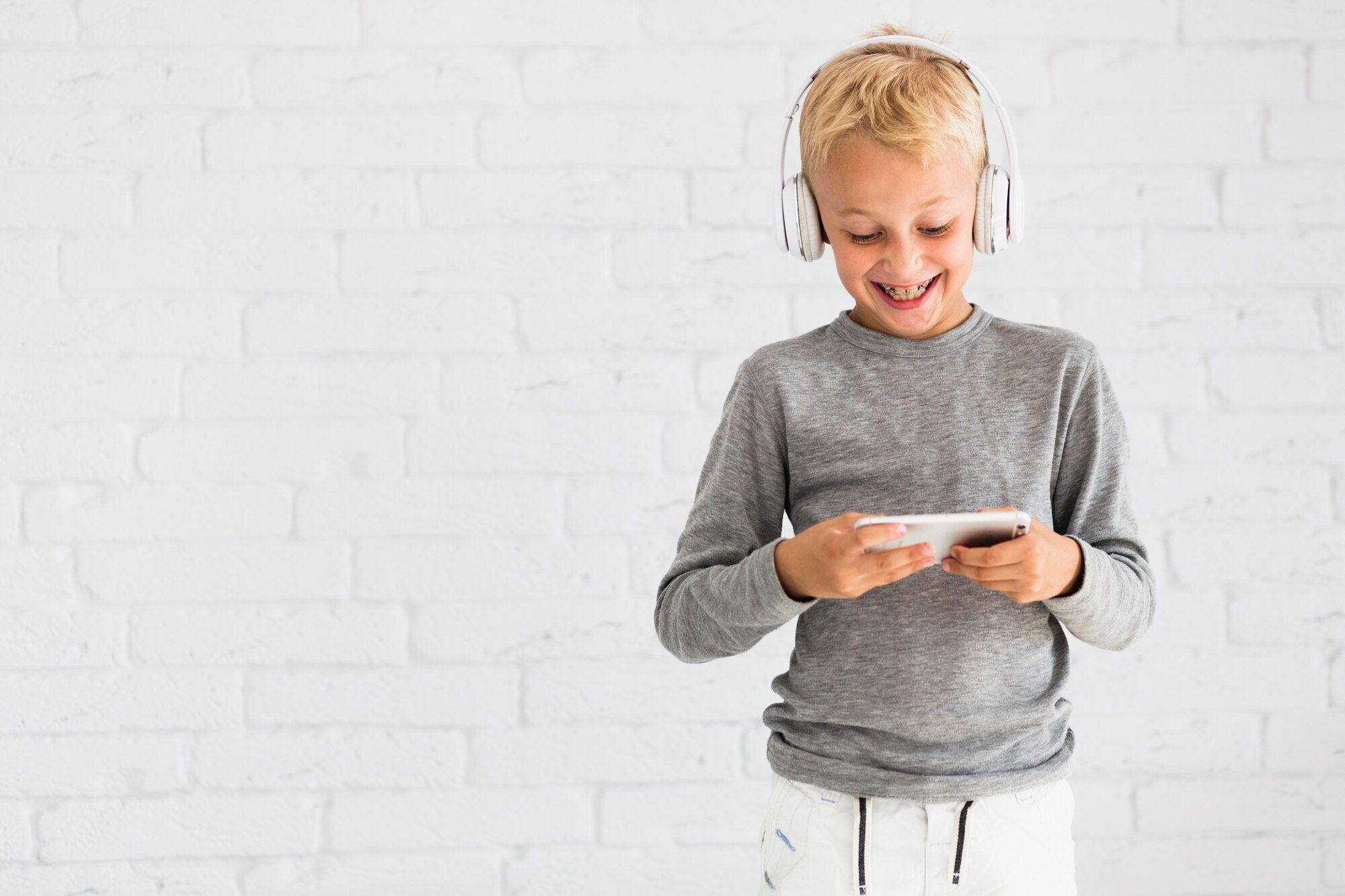digital parentingdigital educationonline safety
07.07.2025
Your child gets their first phone at 8? How to create a safe digital environment

In Romania, children receive their first smartphone at an average age of 8, according to a study conducted by Google and reported by national media. Nearly half of parents choose to give a mobile phone to their child between the ages of 5 and 8, while over a third do so between 9 and 12. For some, this decision stems from the need to stay in touch with their child; for others, it’s a response to social pressure or the child’s expressed wishes.
However, this early exposure to a complex digital world comes with no instruction manual. In an online environment with no built-in boundaries, parents are forced to play the role of educator, guardian, and psychologist—all at once.
The smartphone: a double-edged gift
Getting a first phone means freedom, independence, and connection for a child. But without clear rules and a process of digital education, it can also mean:
- exposure to inappropriate content (sexual, violent, or manipulative);
- unsafe interactions with unknown people—sometimes adults—who hide behind fake identities;
- increased risk of screen addiction, associated with attention difficulties, restless sleep, lower empathy, and social isolation;
- unrestricted access to apps and platforms where algorithms often promote sensationalist or superficial content.
From a psychological perspective, early and unfiltered contact with the digital world can lead to:
- cognitive overstimulation, which affects attention span and the ability to process information deeply;
- excessive activation of the brain’s reward system, making the instant gratification of screen use more tempting than essential developmental activities like play, conversation, or reading;
- emotional regulation difficulties, as children may start using the phone to escape discomfort instead of learning how to manage it;
- increased social anxiety, especially in contexts where social media and constant comparison with others lead to stress and lower self-esteem.
Many parents feel overwhelmed by how quickly their child learns to use a phone. This digital asymmetry makes communication harder and often drives parents toward extreme responses—either too permissive or overly restrictive.
What can parents actually do?
1. Set clear expectations from the start
The first phone should come with a clear and open conversation about digital responsibility. Explain what’s acceptable and what isn’t, including time limits and behavioral rules.
2. Use the right tools in a world full of digital temptations
Apps like Tutorina are designed to give parents the control they need—without turning technology into a constant source of conflict.
Tutorina allows you to:
- set clear screen time rules based on age and daily activities;
- monitor apps and the time spent on each;
- block access to inappropriate apps or content;
- provide positive feedback to your child (via a Like/Dislike system);
- offer age-appropriate educational quizzes.
3. Don’t skip early digital education
Just like a child learns how to cross the street or say “please,” they also need to learn the rules of the digital world. Explain the difference between a real friend and an online contact, how to recognize suspicious requests, what manipulation looks like, and when to ask for help from an adult.
4. Be present, not invasive
Supervision doesn’t mean spying. Children need autonomy—but also guidance. Set regular moments to talk about what apps they use, what they enjoy, and what makes them uncomfortable. Instead of saying “You’re allowed” or “You’re not allowed,” try “Let’s see what this is together and decide if it’s a good fit.”
5. Be a model for healthy digital behavior
If a parent is constantly on their phone, replies to messages while the child is talking, or checks email at the dinner table, the child learns that this is normal. It’s important for the parent to follow the same rules they expect from the child and to lead by example in using technology responsibly.
The phone is not the enemy—the context is
A smartphone, by itself, is neither good nor bad. Everything depends on how it’s used and in what context. An 8-year-old can learn to use technology responsibly—but only if they are guided consistently.


